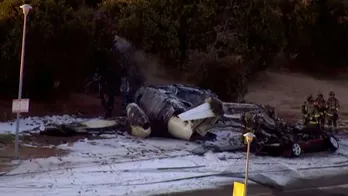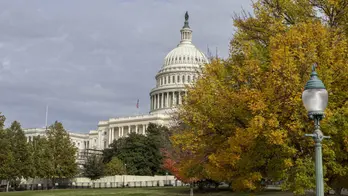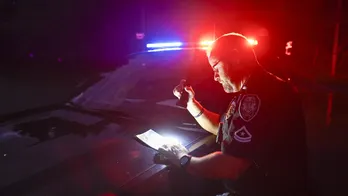The galactic discovery that was made after James Webb telescope captured this stunning image
A high-definition image of supernova wreckage from NASA's space telescope was revealed as part of the White House's holiday celebrations.
The James Webb Space Telescope's image of the Cassiopeia A (Cas A) supernova remnant debuted on the White House's first-ever Advent calendar. The telescope's Near-Infrared Camera (NIRCam) captured high-resolution details of the "expanding shell of material slamming into the gas shed by the star before it exploded," NASA announced Sunday.
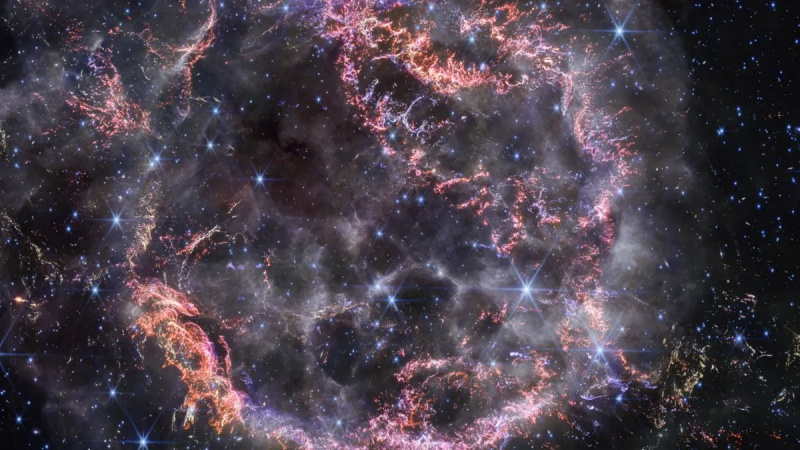
A high-definition image from the James Webb Space Telescope's NIRCam is used in the White House's 2023 Christmas display in its first-ever Advent calendar. (NASA, ESA, CSA, STScI, Danny Milisavljevic (Purdue University), Ilse De Looze (UGent), Tea Temim (Princeton University))
"[W]e can now see how the dying star absolutely shattered when it exploded, leaving filaments akin to tiny shards of glass behind," said Purdue University Associate Professor of Physics and Astronomy Danny Milisavljevic, who leads the JWST research team. "It’s really unbelievable after all these years studying Cas A to now resolve those details, which are providing us with transformational insight into how this star exploded."
The Cas A supernova remnant is 11,000 light-years away in the constellation Cassiopeia and is estimated to have exploded about 340 years ago, according to NASA.
HOW ASTRONAUTS ON THE ISS ARE TACKLING THE LATEST ‘UNEXPECTED CHALLENGES’ MILES ABOVE THE EARTH
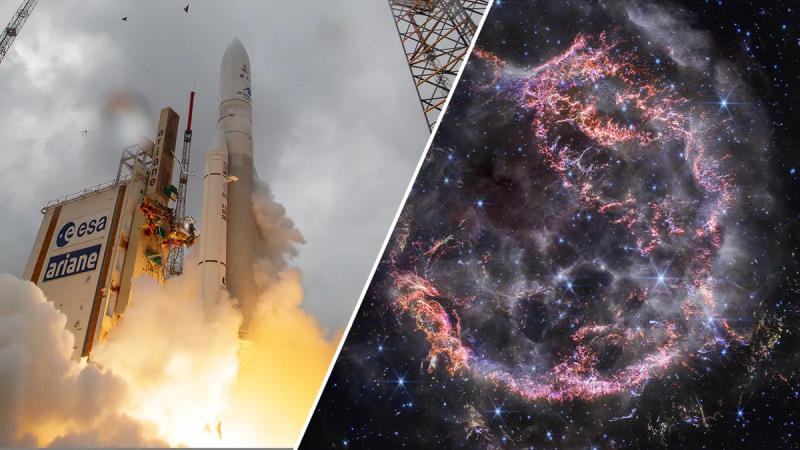
The James Webb Space Telescope was launched in December 2021 and has since captured intricate details of supernova remnants. (NASA/Bill Ingalls and NASA, ESA, CSA, STScI, Danny Milisavljevic (Purdue University), Ilse De Looze (UGent), Tea Temim (Princeton University))
The image also showed a feature that "absolutely stunned" researchers, according NASA: a large blob in the bottom right-hand corner nicknamed Baby Cas A since it looks like an offspring of the supernova.
In April, the Mid-Infrared Instrument (MIRI) — another JWST tool — also captured an image of Cas A, one of the most well-researched supernova remnants in space. It showed "new and unexpected features within the inner shell of the supernova remnant," though many of those weren't visible in the NIRCam image, according to NASA.
INTERNATIONAL SPACE STATION ASTRONAUTS REDEFINE ‘THE RIGHT STUFF’ FOR THE MODERN ERA

The NIRCam and MIRI images show details of mysterious features at different wavelengths. (NASA, ESA, CSA, STScI, Danny Milisavljevic (Purdue University), Ilse De Looze (UGent), Tea Temim (Princeton University))
One feature not shown in the recent image is the Green Monster. Researchers found the loop of green light seen in the central cavity of Cas A "challenging to understand."
The NIRCam image, however, showed details that may help provide insight into the Green Monster.
CLICK HERE TO GET THE FOX NEWS APP
President Biden revealed the first JWST image in July 2022, giving a glimpse of various galaxies in the vast universe. The $10 billion device — successor to the Hubble Space Telescope — launched in December 2021 and took six months to prepare for full operation.
"This telescope embodies how America will lead the world, not by the example of our power, but by the power of our example," Biden said.
Click here to see more JWST images.
Disclaimer: The copyright of this article belongs to the original author. Reposting this article is solely for the purpose of information dissemination and does not constitute any investment advice. If there is any infringement, please contact us immediately. We will make corrections or deletions as necessary. Thank you.




